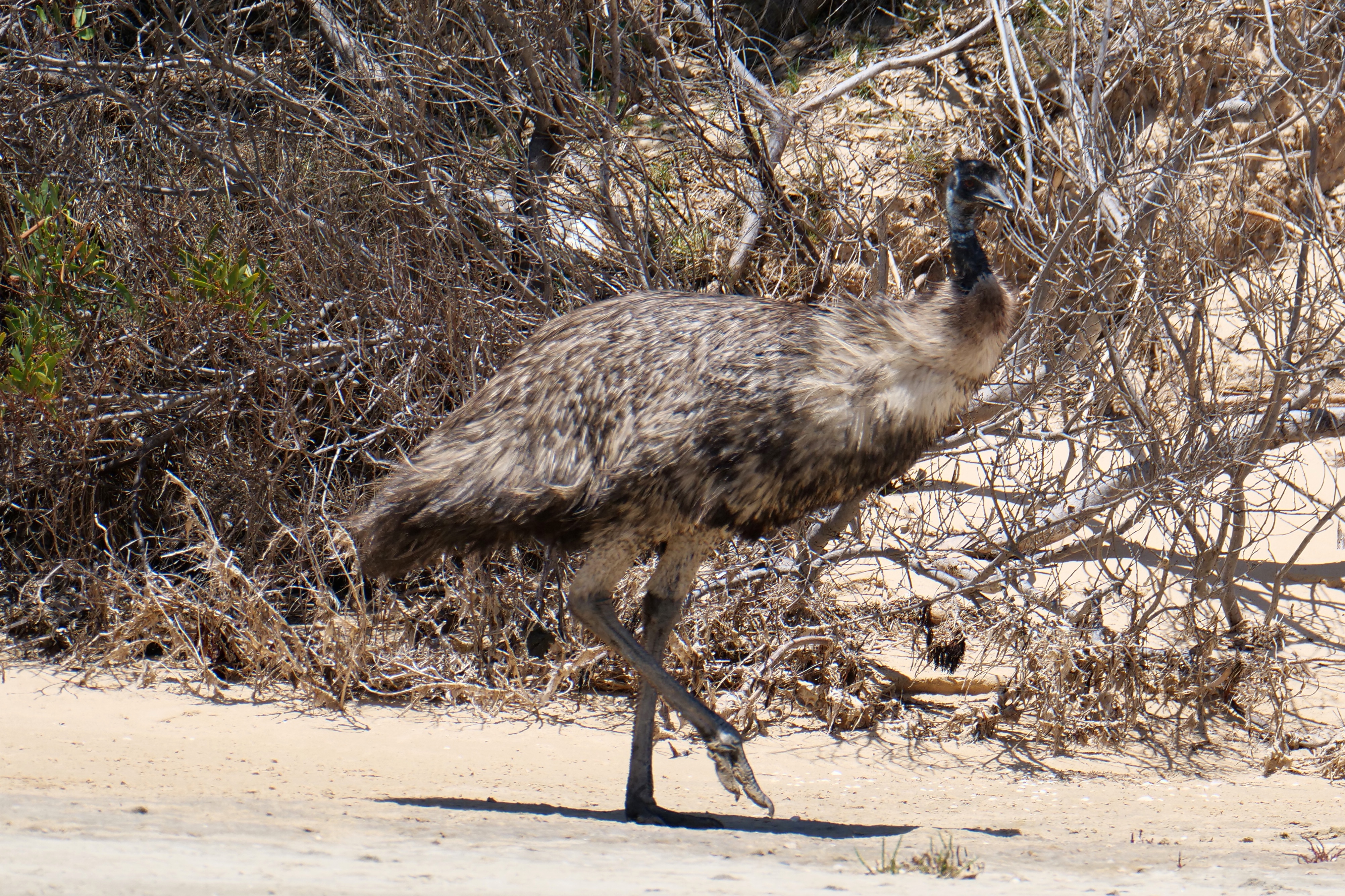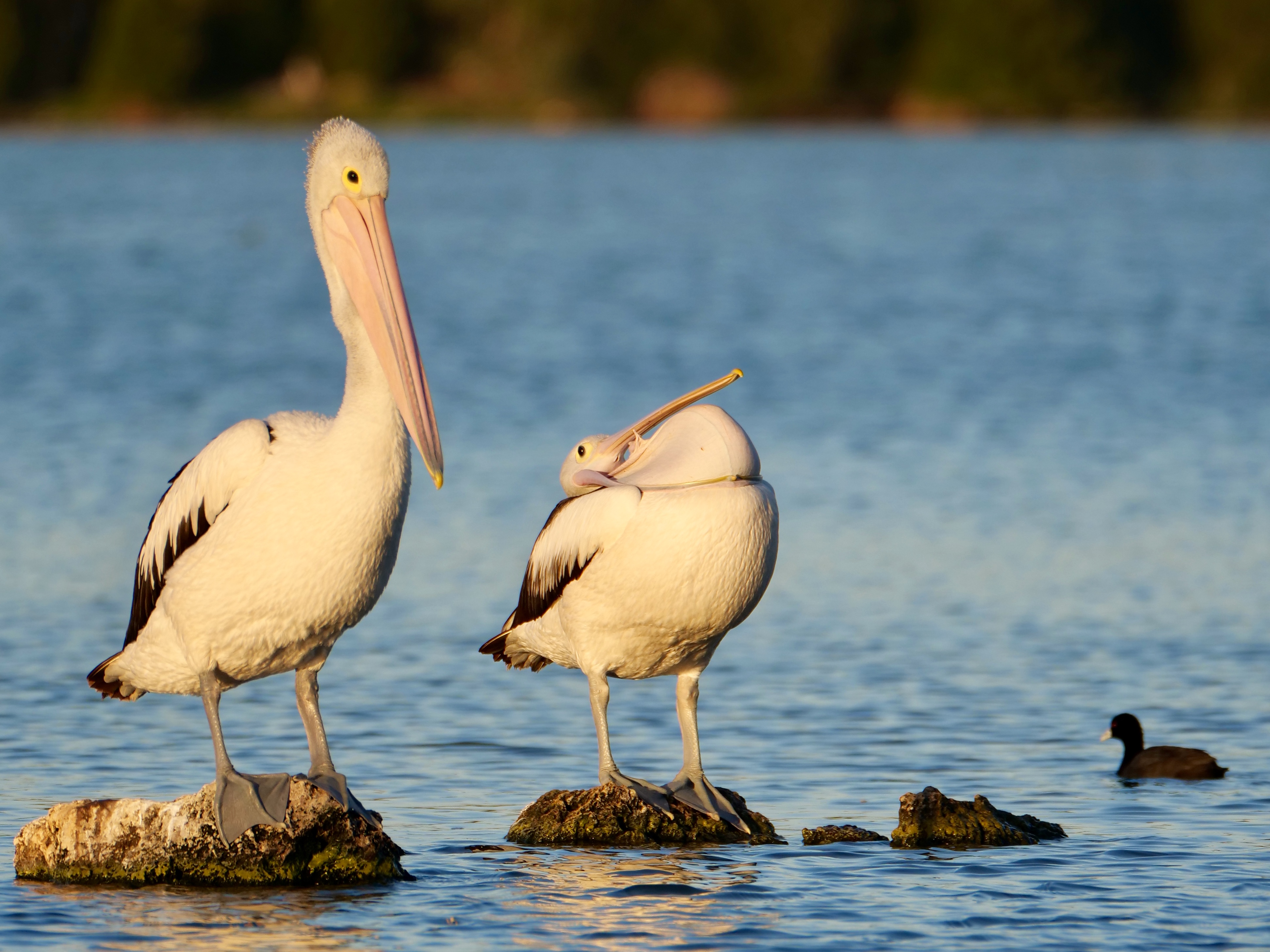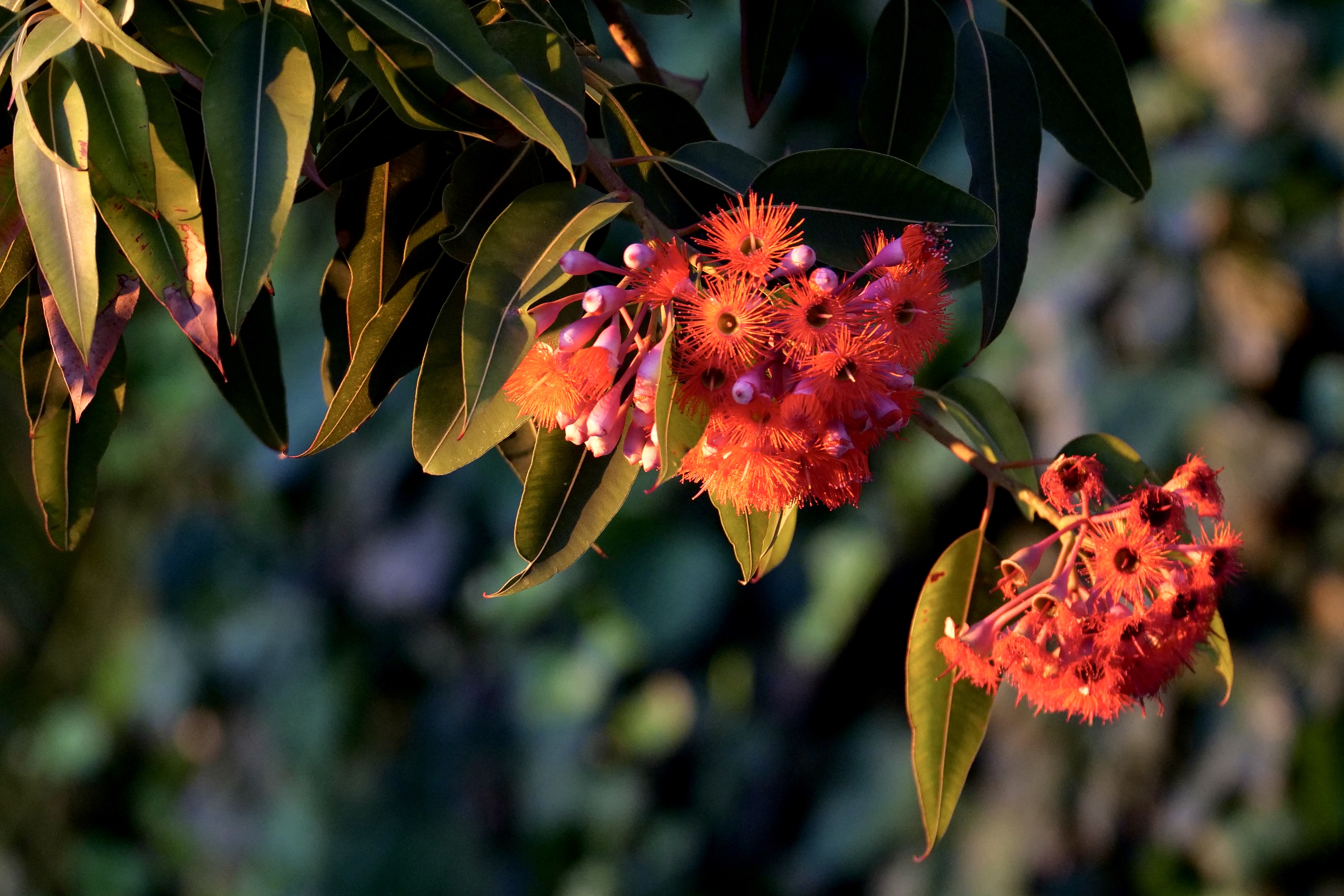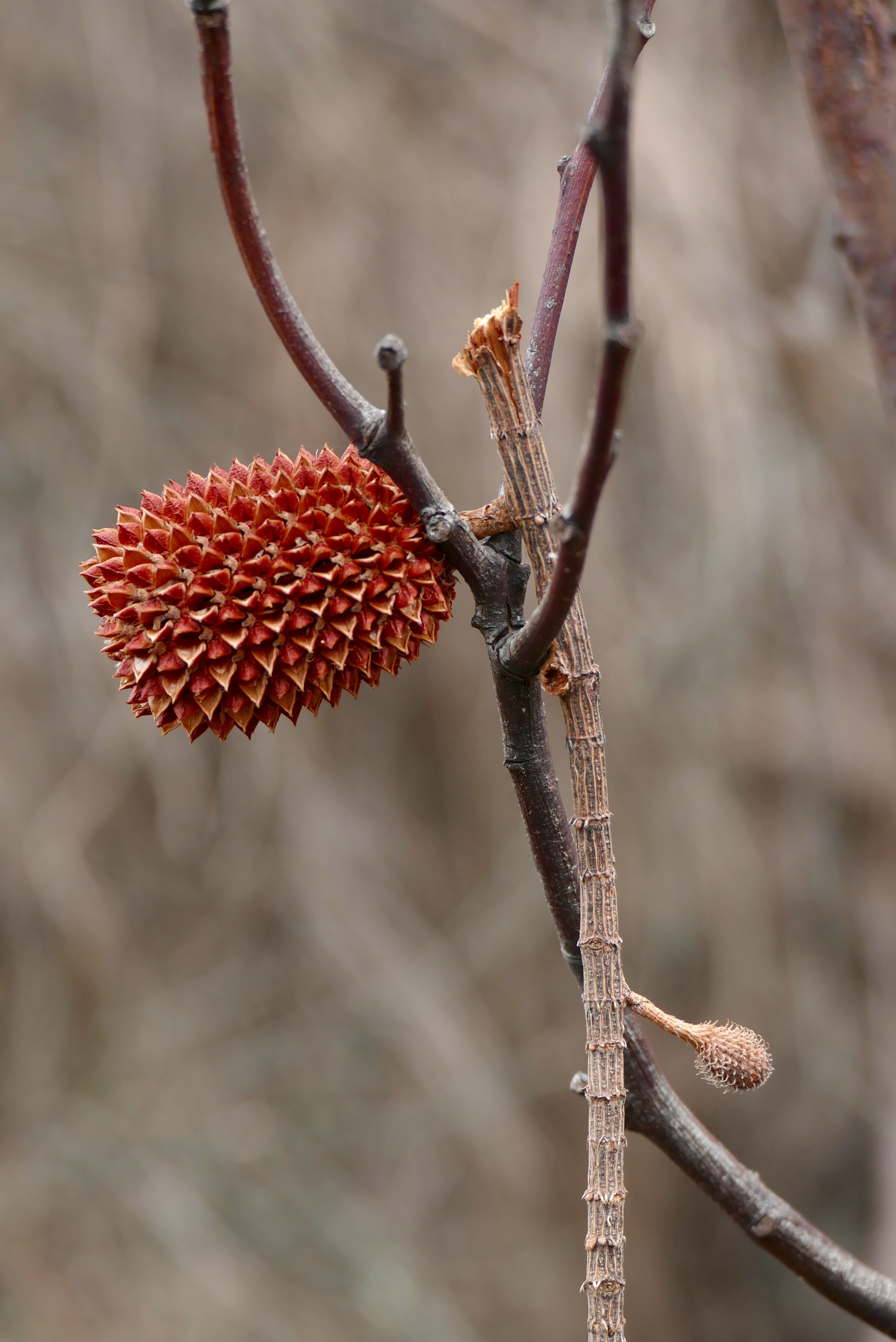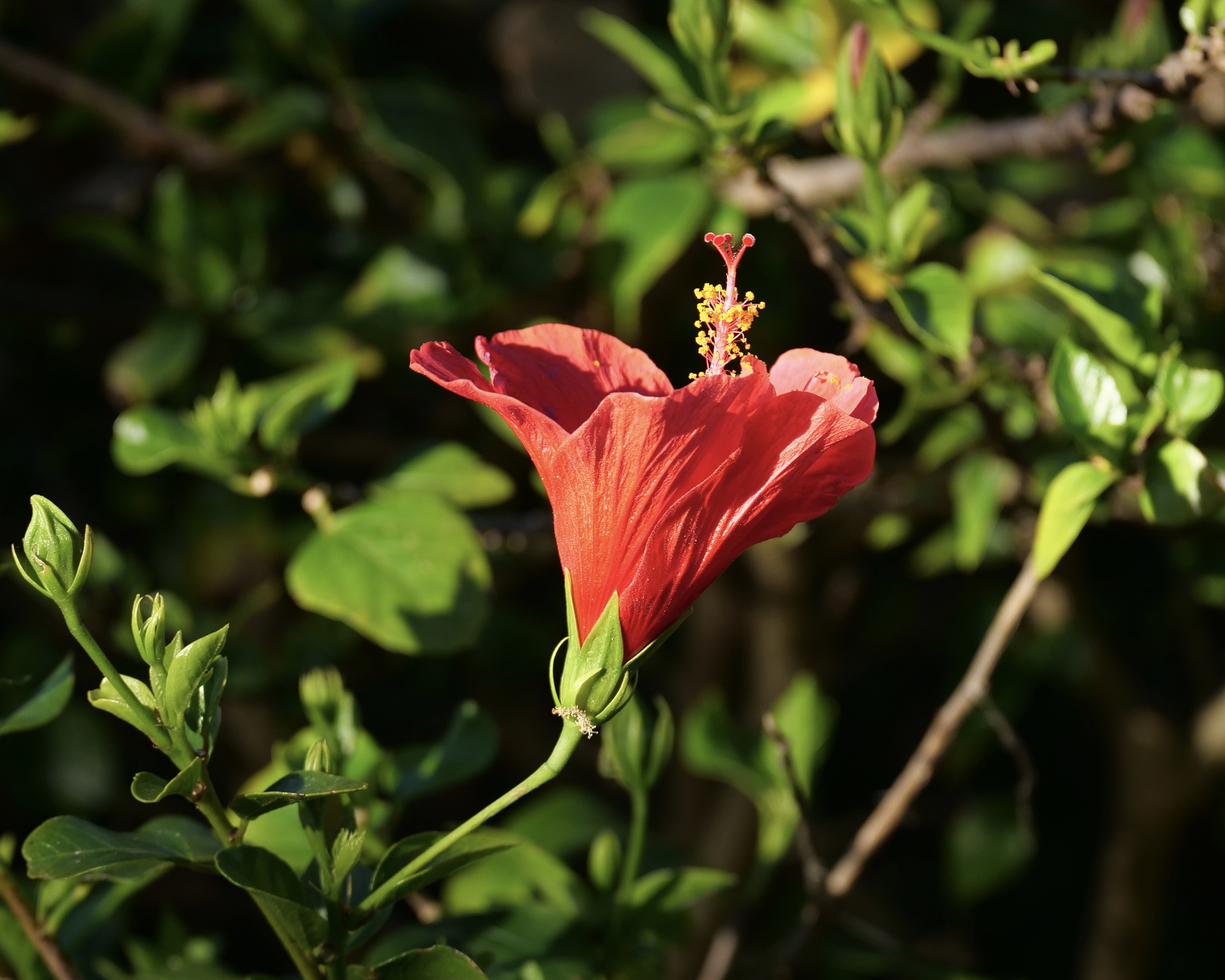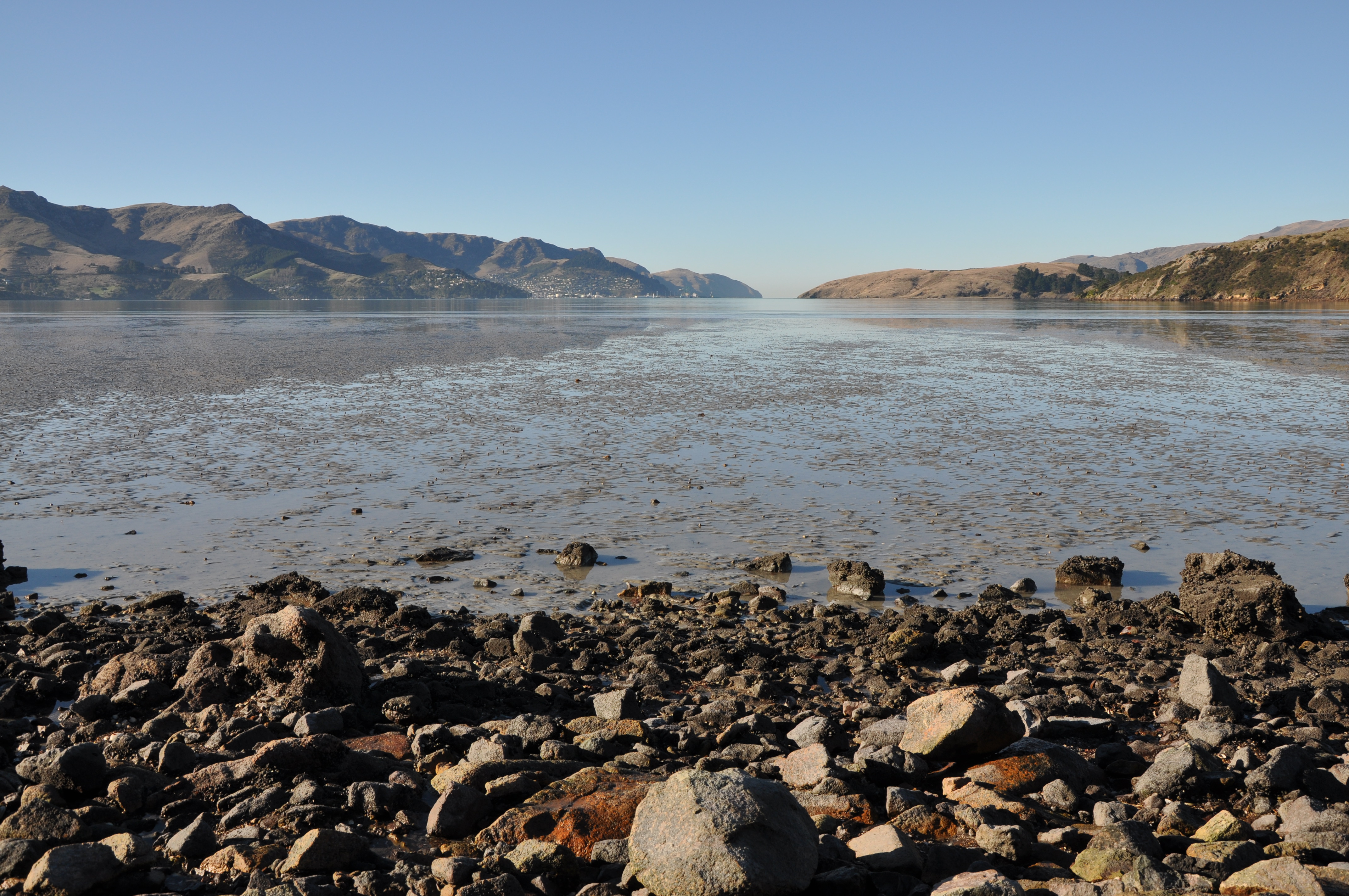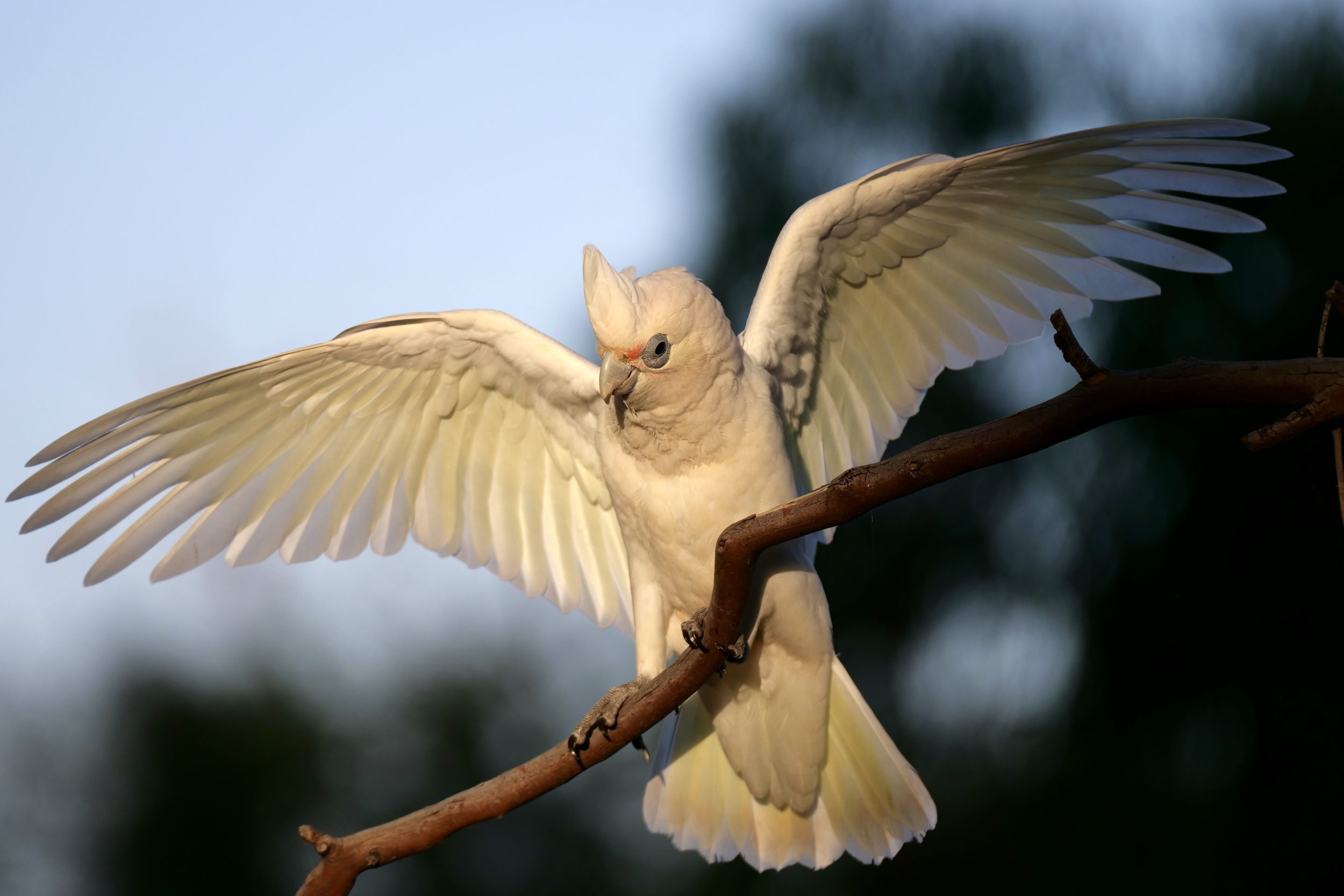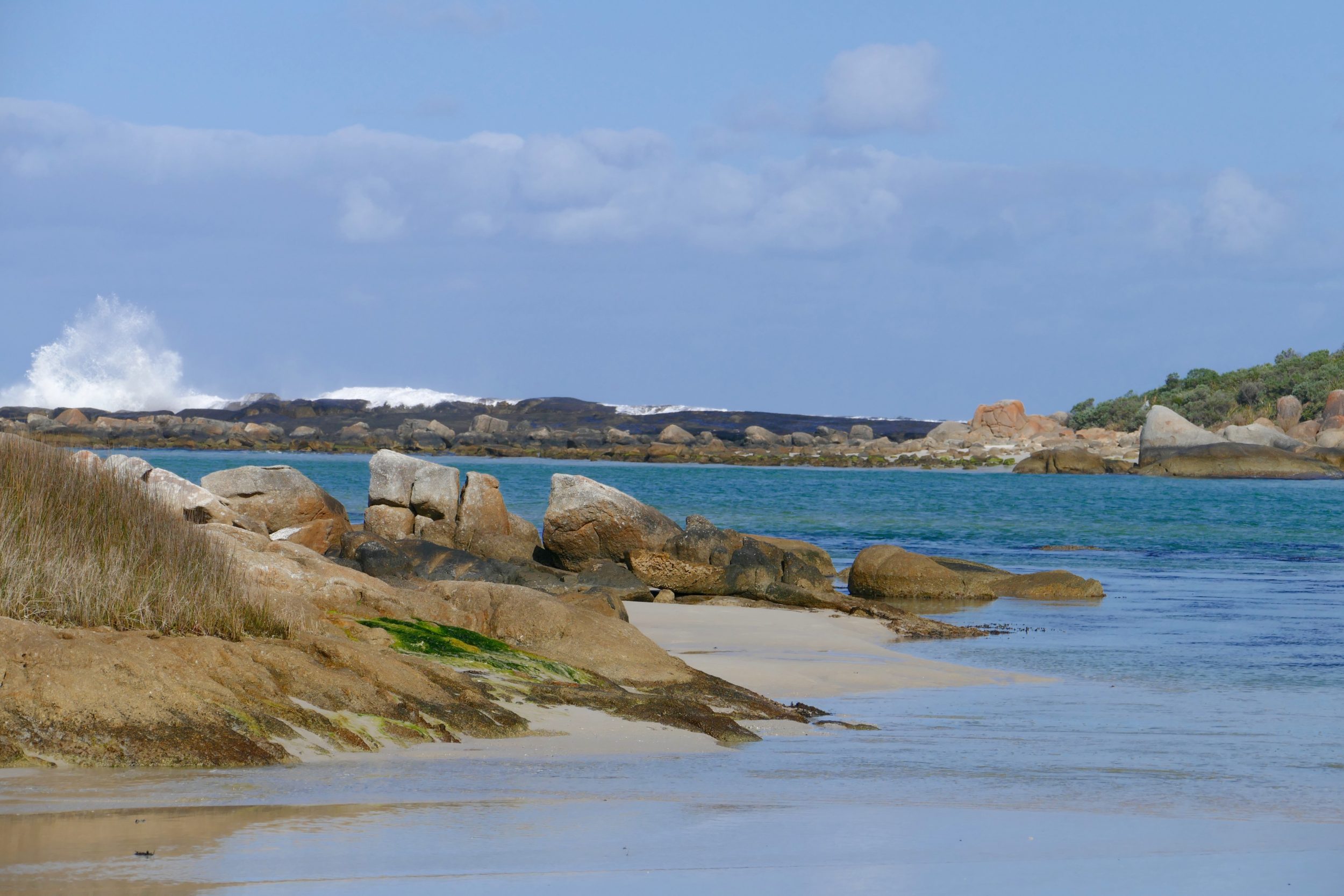According to what most people believe, this post’s flightless bird is a perfect symbol for “moving forward in 2021”.
After all, aren’t the emu and the kangaroo Australia’s heraldic beasts precisely because neither is capable of taking a backward step?
Self-styled “rational” adults delight in having long ago discovered the truth about Santa.
However, even many self-styled “scientists” still believe that emus cannot walk backwards.
One Comment